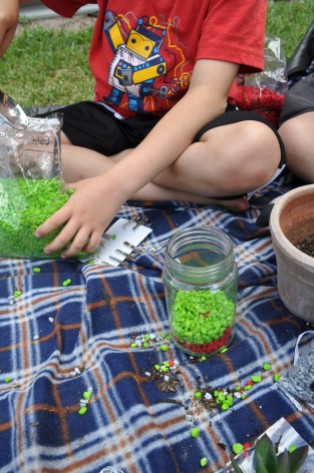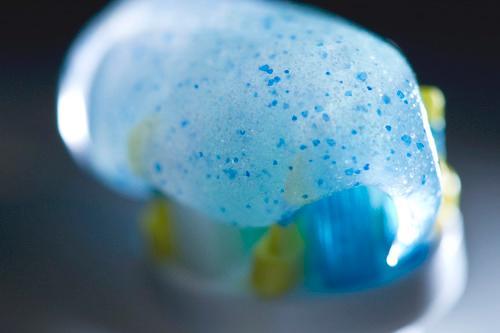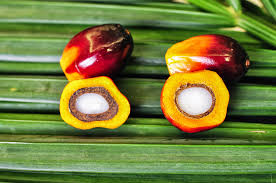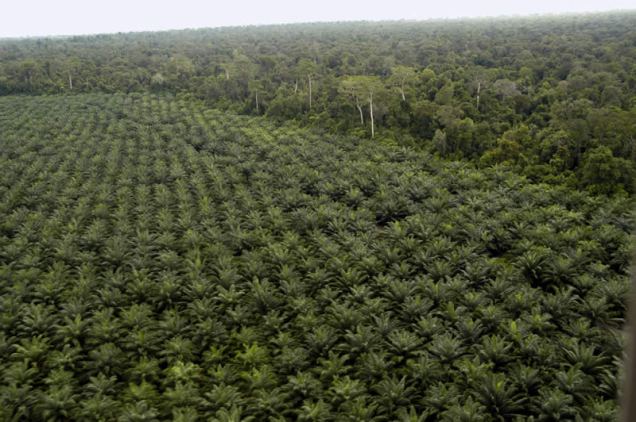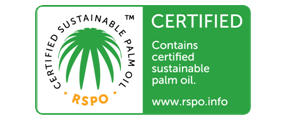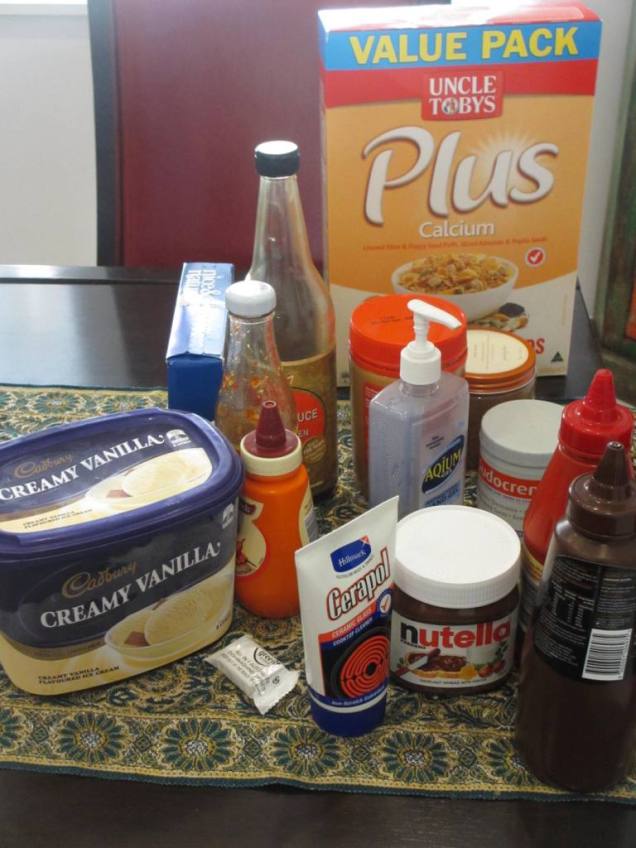Last weekend, I excitedly decided to jump into Plastic Free July and do so with my family. I mean – really, how hard can it be?
Very hard. I feel as though I have spent the first week in shock. Shock by the realisation that plastic is literally everywhere and changing that is going to be really really hard. I’ve had many failures this week. Here are a few:
- Caving into hunger when offered a little pack of cheese and crackers;
- Milk – where can you easily find an alternative to plastic?
- Same goes for bread;
- Bin liners. Despite seeing things online about paper lined bins, I am not going there yet;
- Italian chocolate in its wrapper!
Despite these failures though, I am feeling good. It feels as though my house is going through some sort of detox. I have however spent the first week finishing off food items that had plastic containers and I’m not sure how to replace them all.
I sent my poor husband off to practice Plastic Free July during the weekly shop. The result? The shop took twice a long because of the to-ing and fro-ing between different shops (baker, butcher, greengrocer etc) and cost more.
It’s also going to take some more practice to buy some things where we’re relying on others’ participation. For example, last Friday I made my kids chicken and was feeling pretty fab to ditch the pre-packages by going to the butcher. When I got there though, I had to explain that I didn’t want the chicken in a plastic bag after which I was told that I could take in my own container. I returned with the container, only to have the butcher take the chicken out using a plastic bag! so it kind of defeated the purpose of the container! It honestly was a bit of a comedy routine.
Even though we went shopping yesterday, our fridge is nearly empty because so many things that we buy come in plastic (no berries for July and no cherry tomatoes!). While we’re trying to figure a lot of things out, we’ve also found some things are easier to get than we thought.
For example, I’ve discovered a shop in Lane Cove called ‘Source’. It has everything from different types of oils, to a wall of different types of chocolate, flour, legumes, cereals, shampoo, cleaning products and soap. While I’ve been there sometimes from time to time, I will probably return more even after July.
For week 2, I’m going to follow some of the tips my son put together:
- Bring your own shopping bag (also your own container if buying things like meats, olives etc);
- Don’t buy bottled water;
- Bring own KeepCup to the coffee shop;
- Don’t use single use straws;
- Don’t use plastic cutlery;
- Try to avoid food in plastic wrap (easier said than done. I have no idea how I’m going to buy cheese!);
- Carry your own box for leftover food;
- Join the Earn and Learn program (in NSW);
- Buy bread without a bag or with a paper bag;
- Clean with vinegar and water;
- Use a bar of soap instead of a plastic dispenser;
- Use a stainless steel lunchbox;
- Instead of getting takeaway smoothies, make your own!
- Make your own icy pole instead of buying ice cream; and
- Don’t use plastic plates.
With that – i thought I’d sign off with some ways to avoid some of the tough plastics like bin liners:







